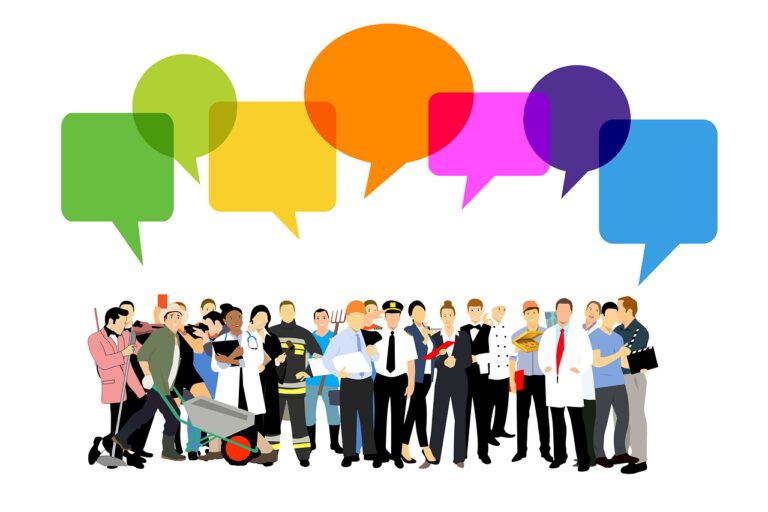Writing Dynamic Dialogues: Tips and Techniques
Let’s face it—dialogue can make or break a story. You’ve probably read a book or watched a movie where the conversation felt so real, you forgot you were reading. That’s the magic of well-written dialogue. But how do writers pull that off? Are they born with a gift for gab, or is it a skill anyone can learn?
Spoiler alert: it’s totally learnable. And that’s exactly what we’re diving into today.
Think of writing dialogue like tuning a radio. Get it right, and everything clicks. Get it wrong, and it’s all static. In this article, we’re going to explore easy-to-follow, practical tips to help you write conversations that sparkle, flow naturally, and keep your readers hooked.
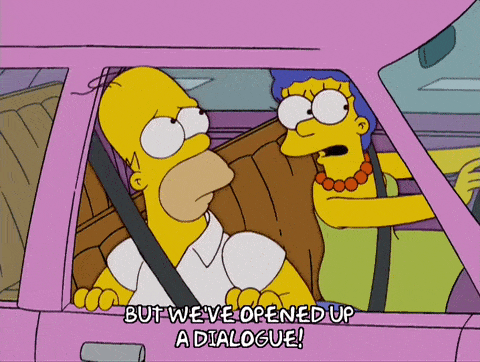
Why Dialogue Matters
Dialogue is the heartbeat of your story. It breathes life into your characters and reveals who they are without you needing to spell it all out. When done right, dialogue creates tension, drives the plot forward, and makes your world feel real.
Ever skimmed a page full of description but stopped to read every line of dialogue? Exactly.
What Makes Dialogue “Dynamic”?
“Dynamic” doesn’t mean dramatic (though it can be). It means the dialogue feels alive—there’s rhythm, emotion, tension, and personality. It’s like watching two people play verbal ping-pong. Each line has purpose. It moves the story, builds character, or reveals hidden truths.
Show, Don’t Tell—Even in Conversation
Let’s say your character is angry. You could just write:
“I’m really mad,” she said.
Yawn.
Instead, try:
“You knew how much that meant to me, and you still didn’t show up.”
Much better, right? The second one shows the emotion instead of labeling it. That’s what you want—let the reader feel the tension.
Keep It Real (But Not Too Real)
Here’s the thing: real people ramble, say “uh,” and talk over each other. If you copy that exactly, your dialogue will be messy. Aim for natural, not literal.
Imagine how people speak—but then polish it. Remove the fluff, keep the flavor.
Think of it like TV dialogue. It sounds real, but it’s carefully scripted to flow and entertain.

Use Subtext to Add Depth
Sometimes what’s not said is more important than what is. That’s subtext. Maybe your character is jealous, but instead of saying it outright, they drop a snarky comment. Boom—layers.
“Wow, looks like someone’s been spending a lot of time at the gym.”
Subtext lets your reader read between the lines. It adds intrigue and makes the conversation feel more real.
Break Up Long Speeches
No one likes reading a full paragraph of one person talking (unless it’s really good). Break long monologues with:
- Action beats (what the character is doing)
- Interruptions
- Responses from others
This keeps the energy flowing and avoids walls of text.
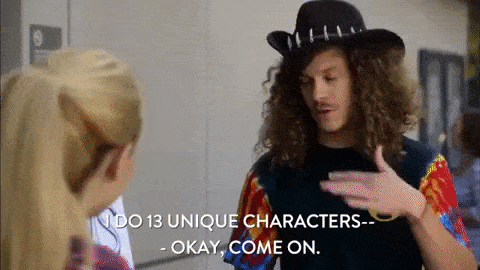
Give Every Character a Unique Voice
Imagine if every character sounded the same. Boring, right?
Think about how your characters speak:
- Are they formal or casual?
- Do they use slang?
- Do they have a regional accent or a catchphrase?
Voice adds personality. A teenager shouldn’t sound like a professor, and a pirate shouldn’t sound like a barista from Brooklyn.
Let Conflict Drive the Dialogue
Conflict is the fuel of great conversation.
Think of your favorite movie scene—chances are, it’s loaded with tension. Characters want different things, and the dialogue shows that. Whether it’s a heated argument or subtle disagreement, conflict keeps the reader glued to the page.
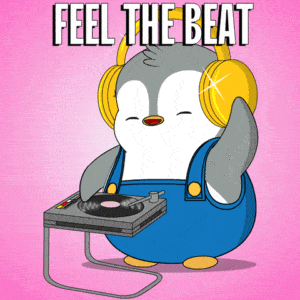
Use Action and Beats to Break It Up
Let your characters do things while they talk. Maybe they’re pacing, pouring coffee, fiddling with a pen. These little actions:
- Reveal emotion
- Ground the scene
- Break up dialogue for better pacing
For example:
“I can’t believe you did that,” she said, tapping her fingers on the table.
It’s a small detail, but it adds flavor.
Pacing: Know When to Speed Up or Slow Down
Fast-paced dialogue builds tension. Short sentences. Quick back-and-forth. Perfect for arguments or emergencies.
Slower dialogue gives you room to breathe. It’s great for emotional moments or revelations. Learn to use both for a balanced rhythm.

Don’t Overdo the Tags
“He said” and “she said” are your best friends. They’re invisible to readers.
Avoid fancy tags like “he exclaimed,” “she retorted,” or “he thundered” unless absolutely necessary. And please, please, no:
“I’m fine,” she snarled angrily.
If she’s snarling, we know she’s angry. Redundant much?
Using Silence and Pauses
Not every moment needs words. Sometimes silence says more.
Use ellipses (…) or em dashes (—) to show hesitation or interruption. Let pauses breathe.
“I thought you’d be there…”
“Yeah, well—things changed.”
That space is emotional. Don’t underestimate it.

Edit Ruthlessly
Your first draft? Probably wordy. And that’s okay. But when you revise, trim the fat. Ask:
- Does this line need to be here?
- Is this something this character would say?
- Can I say it with fewer words?
Good dialogue is tight, clean, and full of purpose.
Practice With Real-Life Conversations
Eavesdrop (ethically, of course). Listen to how people talk in coffee shops, on buses, or in movies. Notice their rhythm, word choice, and pauses.
Real life is the best classroom for writing dialogue.
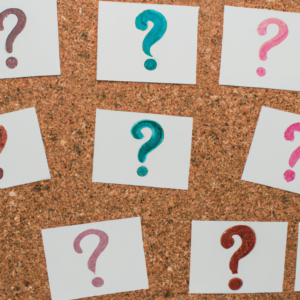
Frequently Asked Questions
1. What’s the biggest mistake writers make with dialogue?
Trying to make it too realistic. Real conversation includes filler and distractions. Good dialogue is streamlined but still sounds natural.
2. How do I make sure each character sounds different?
Give them unique speech patterns, vocabulary, and attitudes. Consider their background, age, and personality.
3. Should I use dialects or accents in dialogue?
Sparingly. A hint is fine, but too much can be hard to read. Use word choice and rhythm instead of phonetic spelling.
4. How can I improve my dialogue-writing skills?
Read your dialogue out loud, study movie scripts, and practice writing short scenes focusing only on conversation.
5. Can I start a story with dialogue?
Absolutely! If the line is strong and intriguing, it can grab attention fast. Just make sure to ground the reader quickly.

Final Thoughts: It’s All About Connection
In the end, great dialogue connects. It connects characters to each other and readers to the story. It’s the thread that ties everything together.
So take your time. Practice. Trust your ear. And remember—dialogue isn’t just about words, it’s about what lives between them.
If you enjoyed this article or found it helpful, share it with your fellow writers or bookmark it for later. Got more questions? Drop them in the comments—I’m all ears!
Let’s make those conversations on the page come alive.




